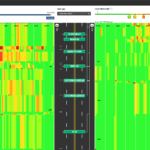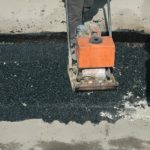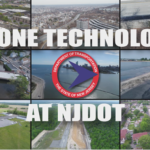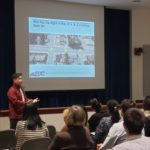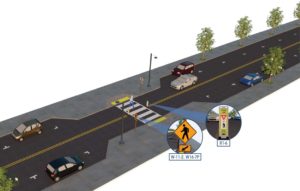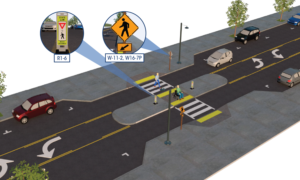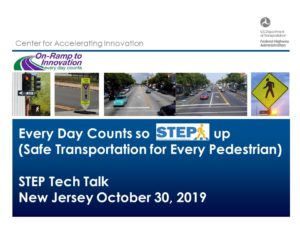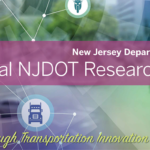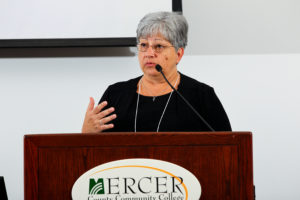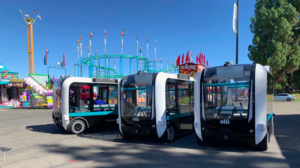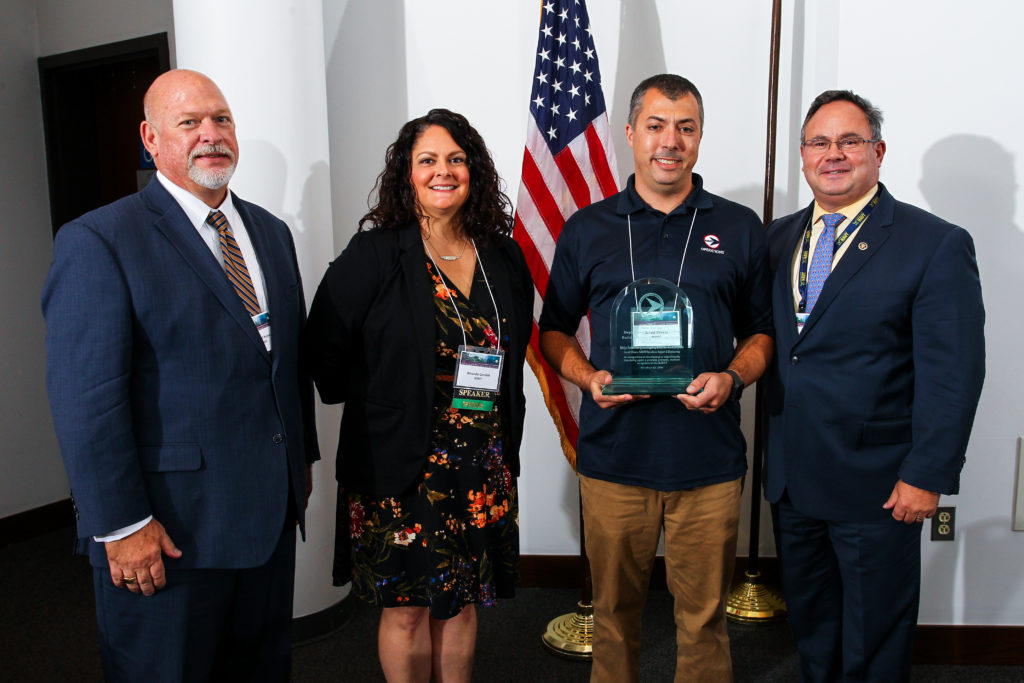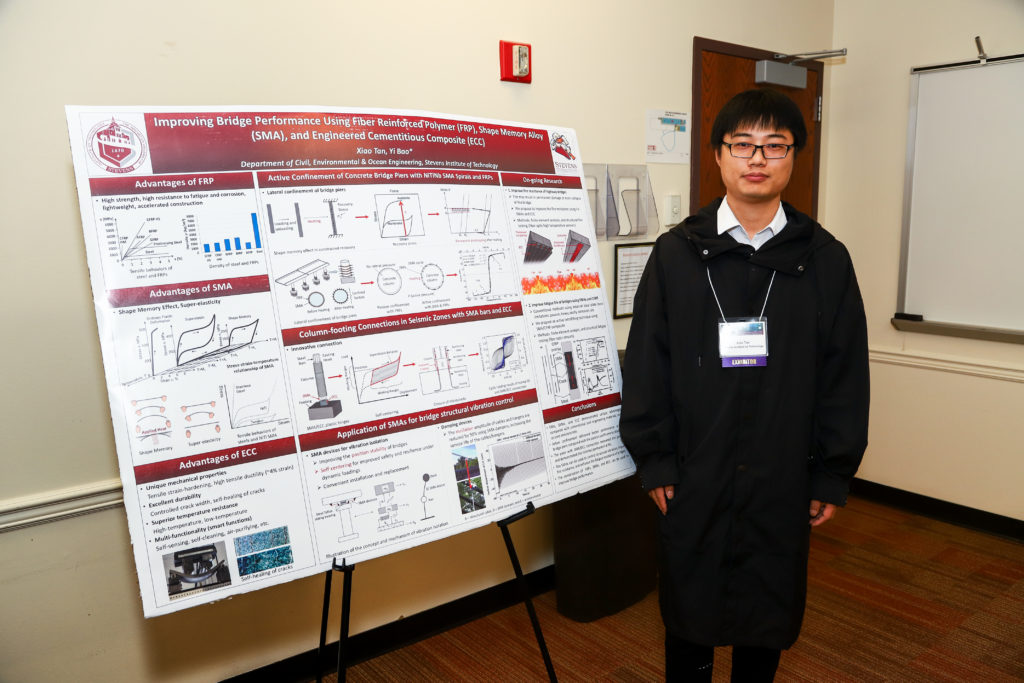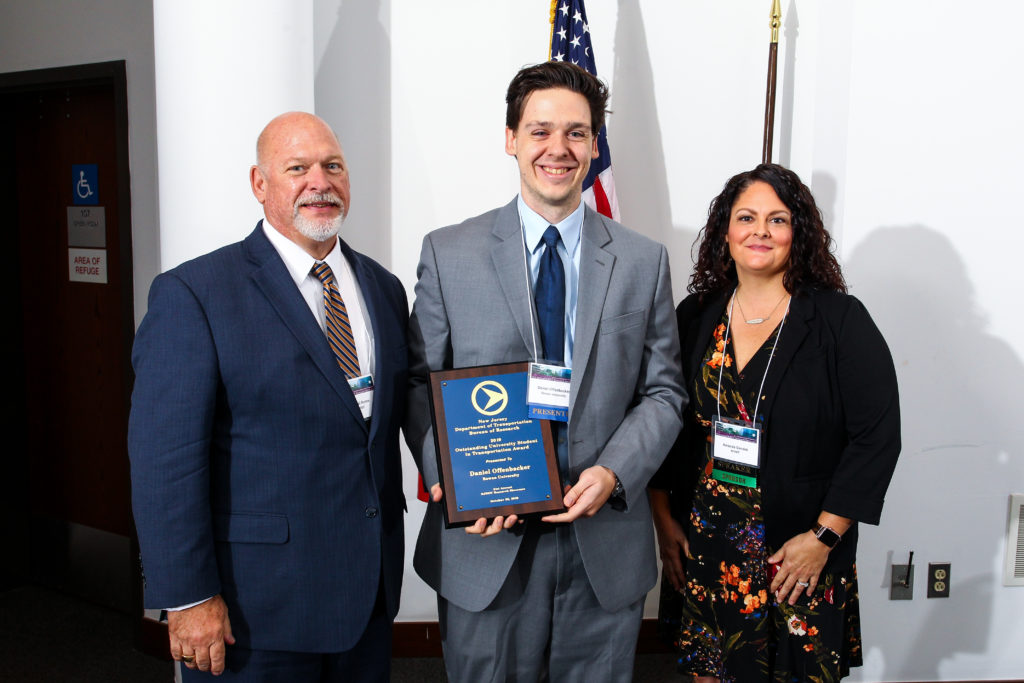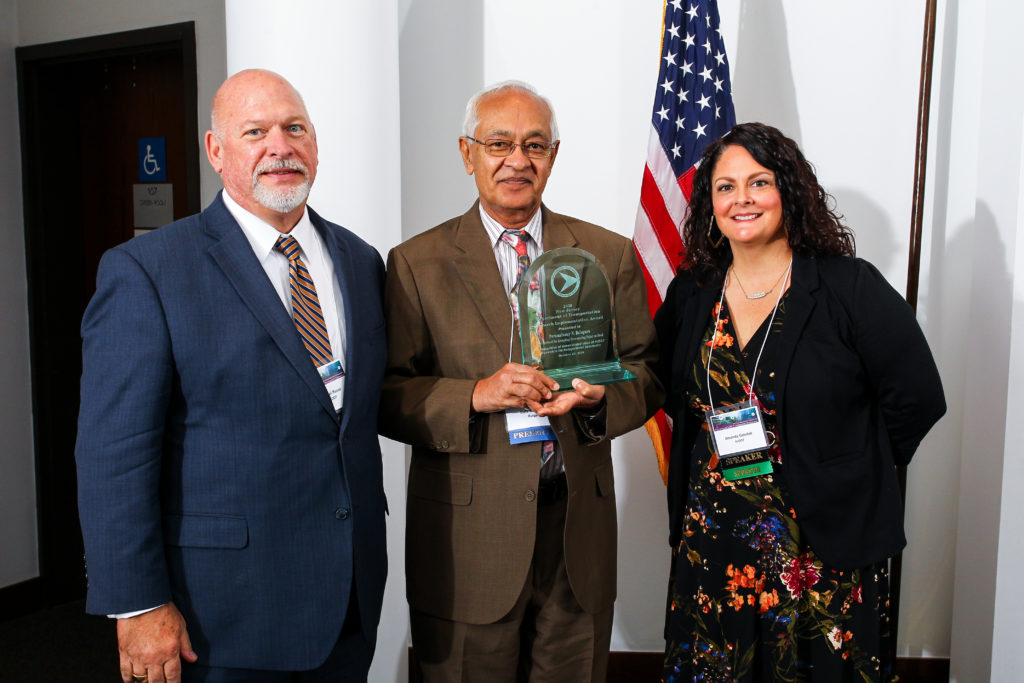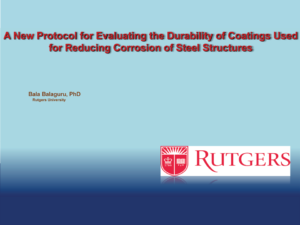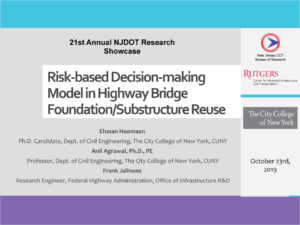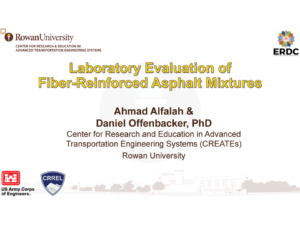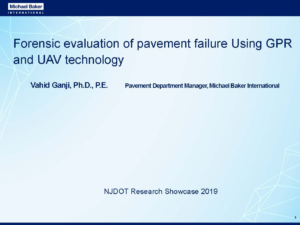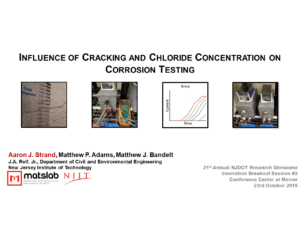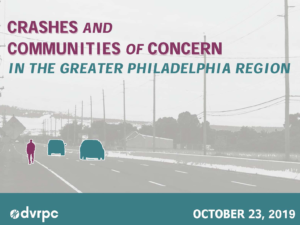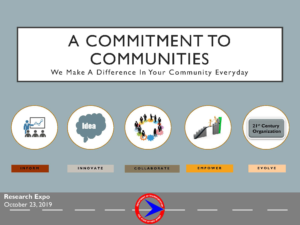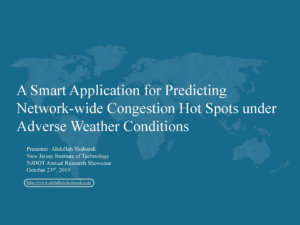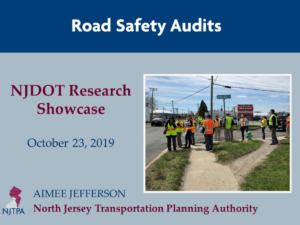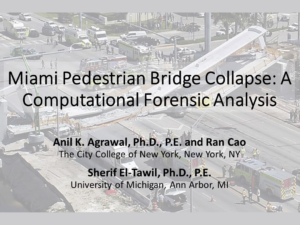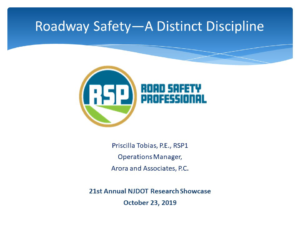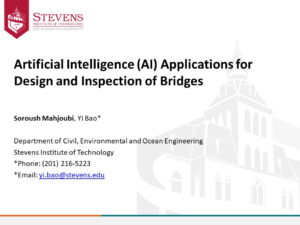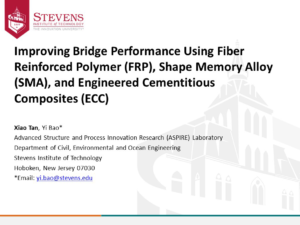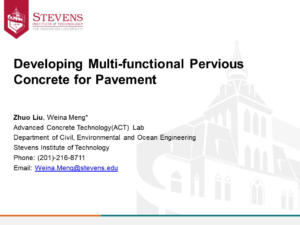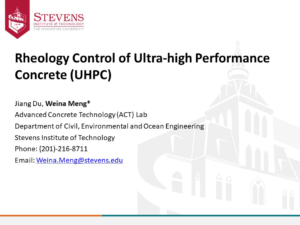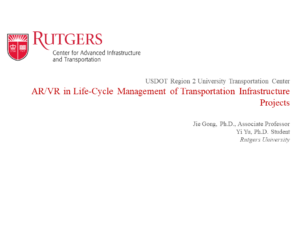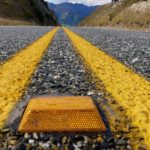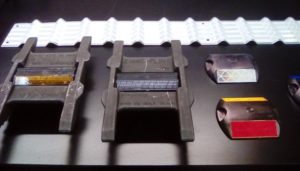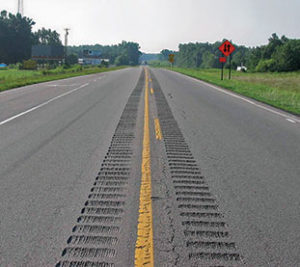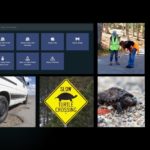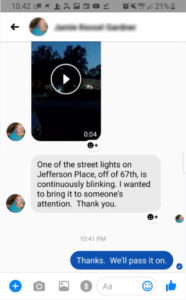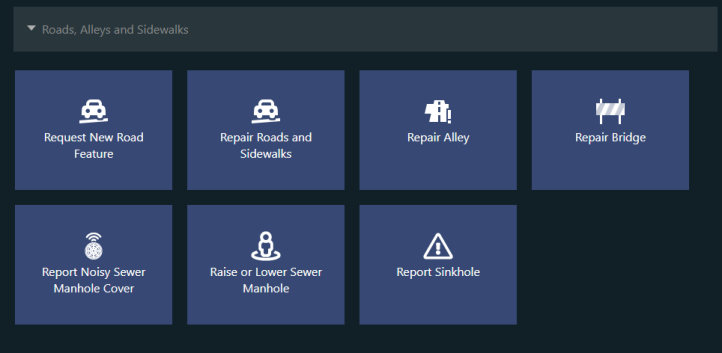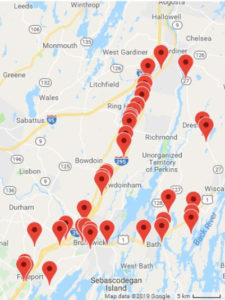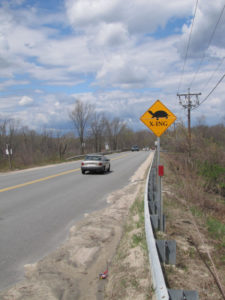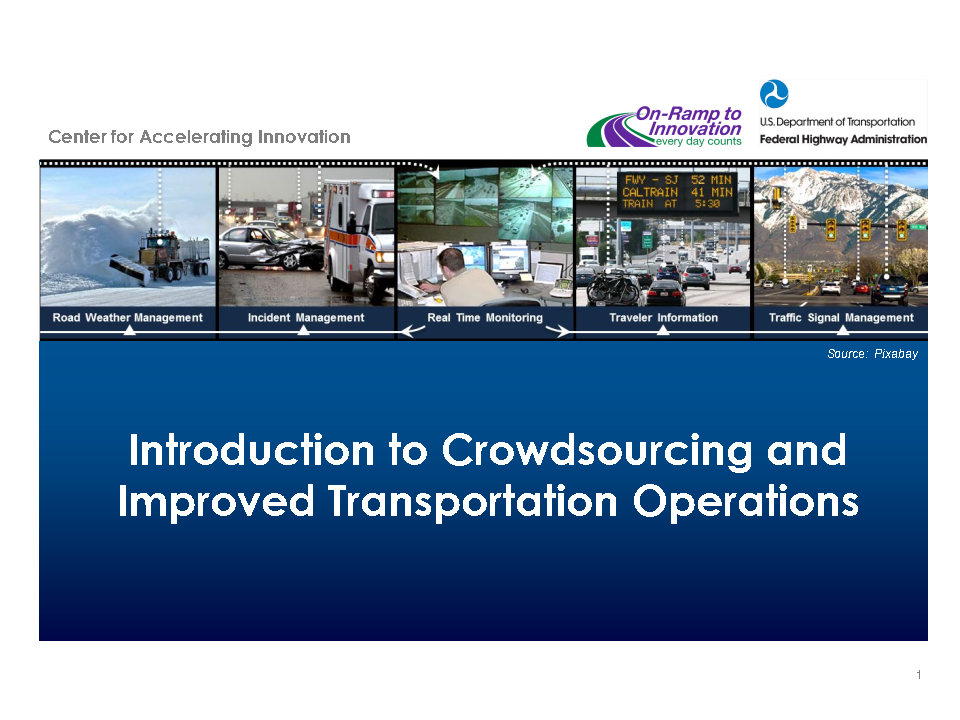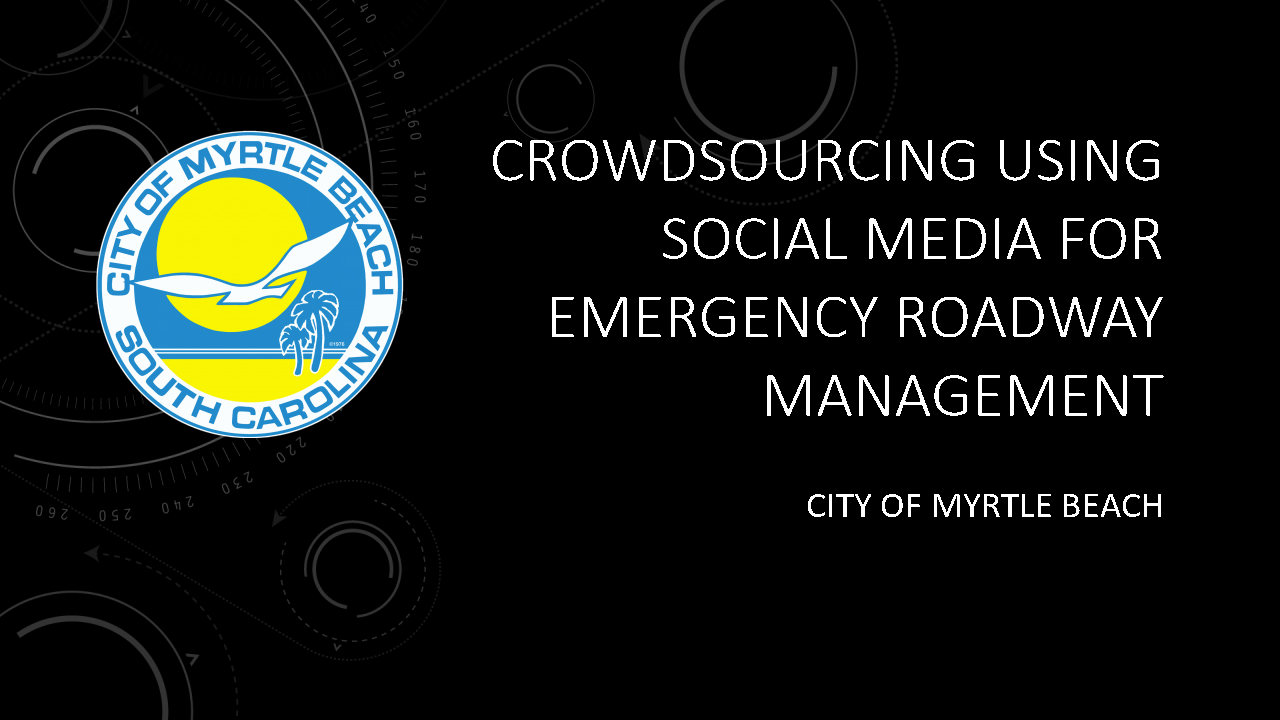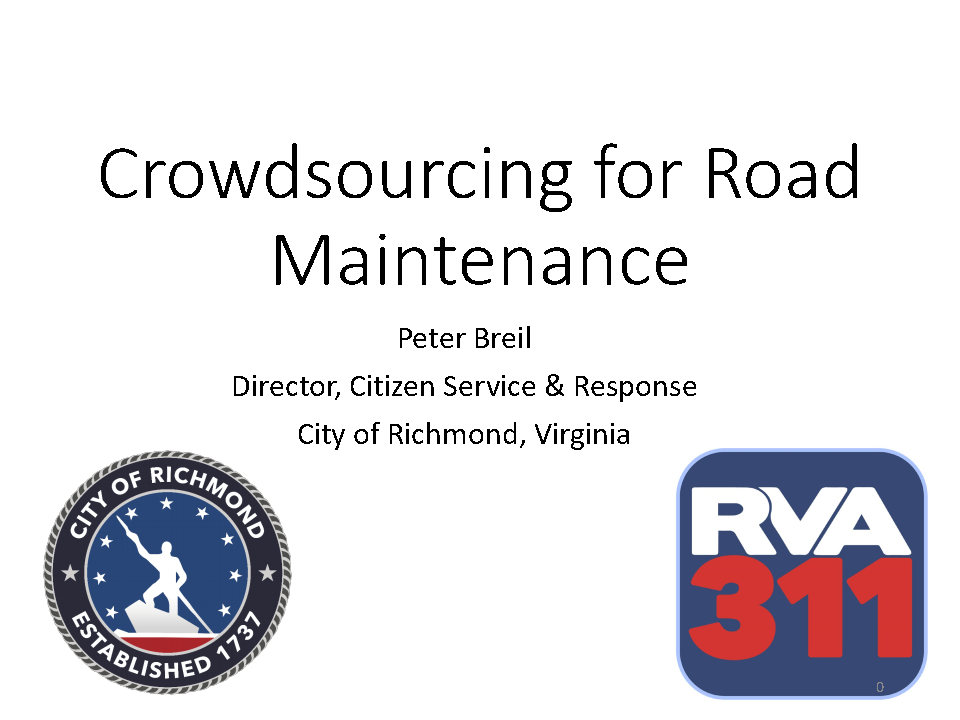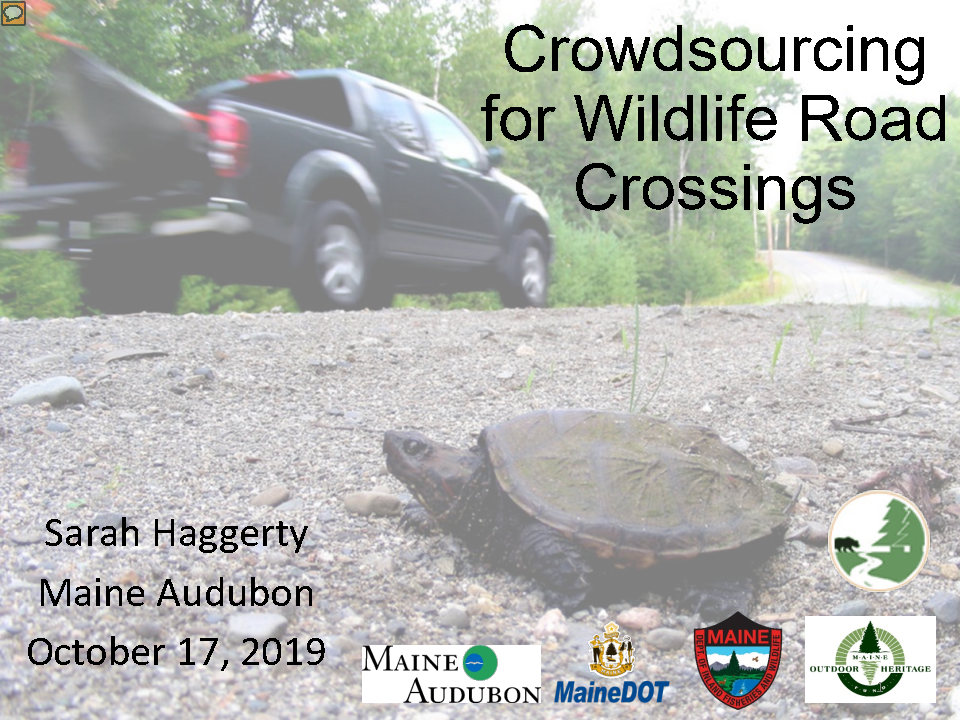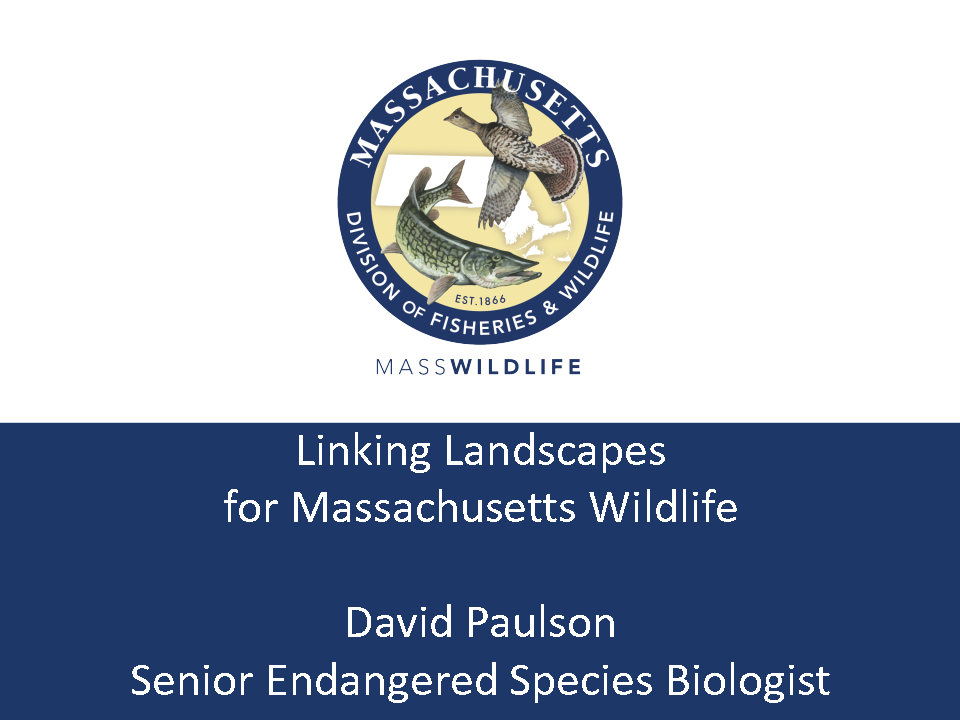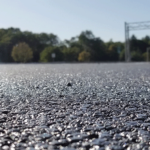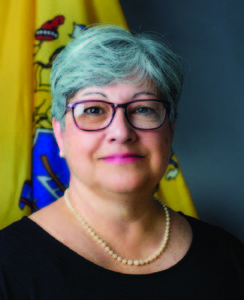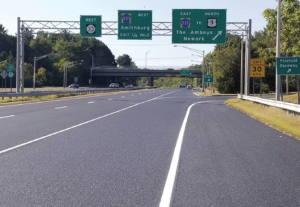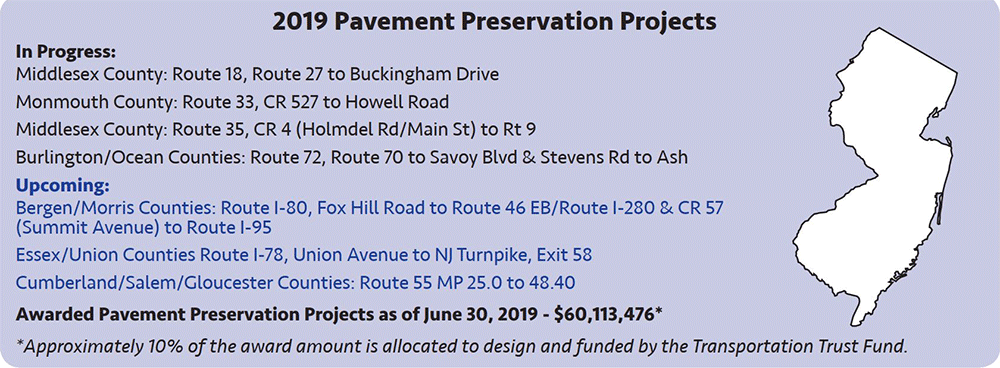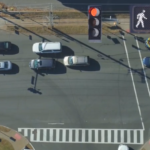Through the Everyday Counts (EDC) program, FHWA identifies and deploys established but underutilized innovations through a state-based model, with the goals of streamlining project delivery, improving roadway safety, decreasing traffic congestion, and incorporating automation. The fifth round of EDC kicked off in 2019 and included Crowdsourcing for Operations as one of ten initiatives.
As described by FHWA, "When combined with traditional data, crowdsourcing helps agencies efficiently implement proactive strategies that improve incident detection, traffic signal retiming, road weather management, traveler information, and other operational programs" (EDC-5). Crowdsourced operations data can include traffic, transit, bicycle, pedestrian, construction, and weather information collected in real-time by intelligent transportation systems (ITS) infrastructure and archived for planning use. One example of this traffic data is time and vehicle location collected via GPS probe-based sources, such as vehicles and smartphones. Through NJDOT and the Metropolitan Planning Organizations (MPOs), New Jersey has institutionalized the practice by incorporating crowdsourced data into multiple operational programs since 2008.
Congestion Management Process

An example of PDA Suite's Performance Chart tool displaying archived operations data for speed. Photo source: Tracy, 2019.
The South Jersey Transportation Planning Organization (SJTPO), the MPO that represents Atlantic, Cape May, Cumberland and Salem Counties, revised its Congestion Management Process (CMP) last year, with formal adoption in November 2018. A CMP is defined by FHWA as “a systematic and regionally-accepted approach for managing congestion that provides accurate, up-to-date information on transportation system performance and assesses alternative strategies for congestion management that meet State and local needs.” Metropolitan areas larger than 200,000 people are required to develop and implement a CMP as part of their overall transportation planning process for their region.
An effective CMP will help a region pinpoint congested roadways, determine multimodal performance measures, develop congestion management strategies and implementation methods, and assess the efficacy of the implemented strategies. While FHWA does not strictly define how to implement a CMP, they do provide a CMP Guidebook with an eight-step Process Model which SJTPO followed:
- Develop Regional Objectives for Congestion Management
- Define CMP Network
- Develop Multimodal Performance Measures
- Collect Data/Monitor System Performance
- Analyze Congestion Problems and Needs
- Identify and Assess Strategies
- Program and Implement Strategies
- Evaluate Strategy Effectiveness.
Along with the 2020 Regional Transportation Plan update, two important pieces of legislation drove SJTPO’s motivation to overhaul their CMP: Moving Ahead for Progress in the 21st Century (MAP-21) of 2012 and the Fixing America’s Surface Transportation (FAST) Act of 2015. Both of these laws established requirements for performance-based planning and programming by MPOs. Performance-based planning and programming consists of the following steps: identifying a transportation system’s needs and problems, prioritizing projects and programs for investment, and monitoring impacts of the projects. SJTPO revised the CMP methodology using recently acquired real-time and archived travel time data to establish performance measures for the extent and severity of congestion throughout the region. The archived operations data provides a more holistic picture of system performance, creates more relatable and user-friendly measures, and enables more sophisticated modelling.

PDA Suite's Bottleneck Ranking tool displays here all bottlenecks found on a specific date range by time of day, visualized by maximum queue length in miles. Photo source: Tracy, 2019.
Under a contract with NJDOT, the University of Maryland Center for Advanced Transportation Technology Laboratory (CATT Lab) provided all three New Jersey MPOs with access to real-time and archived data via the Probe Data Analytics Suite (PDA Suite). The PDA Suite is a web-based platform that consists of a range of data visualization and retrieval tools for real-time and archived probe data. The vehicle probe data is provided by multiple third-party vendors, including INRIX, HERE, and TomTom, that collect it via smart phone navigation apps. These companies anonymously aggregate the data which is then used by the PDA Suite tools to calculate metrics such as real-time speed data, travel time index, travel time reliability, queue measurements, statewide bottleneck ranking, and corridor congestion charts, among others.

An overview of the tools available in the PDA Suite. Photo source: Tracy, 2019.
Agencies can use the tool to download reports, create interactive maps and graphics, and download raw data for external analysis. The performance measurement data is available at both the corridor and regional level, with 1,556 roadway segments covered in the SJTPO region. SJTPO has used PDA Suite’s Bottleneck Ranking Tool to create congestion screening lists for all of their counties; the lists are then screened for outliers and confirmed with independent data sources. SJTPO will then meet with county and municipal stakeholders to gather their input to prioritize locations and develop a problem statement. So far, SJTPO has found PDA suite valuable for quantifying seasonal congestion, which traditionally is difficult to define. Compared to traffic counts, operations data has wider spatial and temporal coverage.
Lessons Learned
While this data has been incredibly valuable to SJTPO, the agency has learned there are several drawbacks when it comes to working with crowdsourced big data. False positives may occur that identify congested areas when a roadway segment has a low sample size of probe vehicles, or there is a typical traffic signal delay or an inaccurate calculation of historical reference speed. Additionally, there are many ways to parse and analyze a dataset, which can lead to different results. To accurately represent the travel experience, organizations need to develop and use consistent methodology.
Looking forward, SJTPO plans to continually update their CMP. The document will evolve with additional insight from internal documents and studies (including the 2020 Regional Transportation Plan), changes to planning guidelines, and shifts in regional demographic and fiscal resources. In 2020, a Congestion Management Process Activity Report will be issued to summarize findings to be incorporated in the 2045 Regional Transportation Plan Update.
Sources:
CATT Lab. “Probe Data Analytics Suite.” CATT Lab. University of Maryland, 2019. https://www.cattlab.umd.edu/?portfolio=vehicle-probe-project-suite.
FHWA. “Crowdsourcing for Operations.” Center for Accelerating Innovation. U.S. Department of Transportation Federal Highway Administration, October 22, 2019. https://www.fhwa.dot.gov/innovation/everydaycounts/edc_5/crowdsourcing.cfm.
FHWA. “Congestion Management Process (CMP).” Organizing and Planning Operations. U.S. Department of Transportation Federal Highway Administration, February 11, 2019. https://ops.fhwa.dot.gov/plan4ops/focus_areas/cmp.htm.
SJTPO. “Congestion Management Process.” Congestion Management Process (CMP). South Jersey Transportation Planning Organization, 2019. https://www.sjtpo.org/CMP/.
SJTPO. “Congestion Management Process: Methodology Report.” Congestion Management Process (CMP). South Jersey Transportation Planning Organization, 2018. https://www.sjtpo.org/wp-content/uploads/2019/03/CMP-Report-2017.pdf.
Tracy, Andrew. “The Use of Real-Time and Archived Operations Data for Congestion Planning and Incident Management.” TransAction 2019. April 17, 2019. https://www.njdottechtransfer.net/wp-content/uploads/2019/11/SJTPO-TransAction-2019-Operations-Data-slides.pdf.

